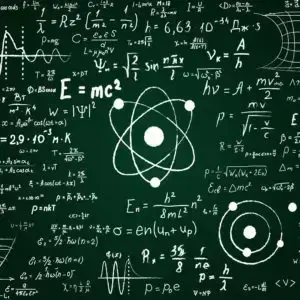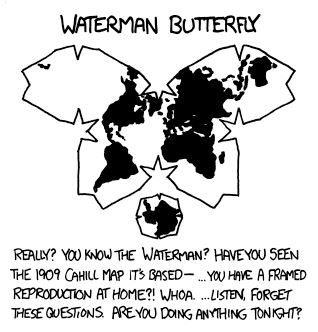

There seems to be an error in your calculation: Up to the 11 000 000 kgm required it is correct. However the Toyota Camry with 7.3 m provides only 11 000 kgm. So you miss a factor of 1000. You would need 1000 cars lifted the height of your home. For just one day (or a few days in more efficient home)










You got your units confused.
1 Watt = 1 J/s = 1 N m/s = 1 kg m^2 / s^3
Just moving things horizontally changes does not take energy (except for friction). But when we move something upwards, we move it against the surface acceleration of earth of g = 9.81 m/s^2. So we can say:
1 W ≈ 0,1 kg m/s
This means to store 1 kW, we would need to raise e.g. 1 ton with 0.1 m/s. So 1 minute of medium power cooking (1 kW), corresponds to lifting 1 ton approximately 6 meters.